Year 5
The science inquiry skills and science as a human endeavour strands are described across a two-year band. In their planning, schools and teachers refer to the expectations outlined in the achievement standard and also to the content of the science understanding strand for the relevant year level to ensure that these two strands are addressed over the two-year period. The three strands of the curriculum are interrelated and their content is taught in an integrated way. The order and detail in which the content descriptions are organised into teaching and learning programs are decisions to be made by the teacher.
Incorporating the key ideas of science
Over Years 3 to 6, students develop their understanding of a range of systems operating at different time and geographic scales.
In Year 5, students are introduced to cause and effect relationships through an exploration of adaptations of living things and how this links to form and function. They explore observable phenomena associated with light and begin to appreciate that phenomena have sets of characteristic behaviours. They broaden their classification of matter to include gases and begin to see how matter structures the world around them. Students consider Earth as a component within a solar system and use models for investigating systems at astronomical scales. Students begin to identify stable and dynamic aspects of systems, and learn how to look for patterns and relationships between components of systems. They develop explanations for the patterns they observe.
(source: www.australiancurriculum.edu.au)
Achievement Standard
By the end of Year 5, students classify substances according to their observable properties and behaviours. They explain everyday phenomena associated with the transfer of light. They describe the key features of our solar system. They analyse how the form of living things enables them to function in their environments. Students discuss how scientific developments have affected people’s lives, help us solve problems and how science knowledge develops from many people’s contributions.
Students follow instructions to pose questions for investigation and predict the effect of changing variables when planning an investigation. They use equipment in ways that are safe and improve the accuracy of their observations. Students construct tables and graphs to organise data and identify patterns in the data. They compare patterns in their data with predictions when suggesting explanations. They describe ways to improve the fairness of their investigations, and communicate their ideas and findings using multimodal texts.
(source: www.australiancurriculum.edu.au)
- Plus Plan
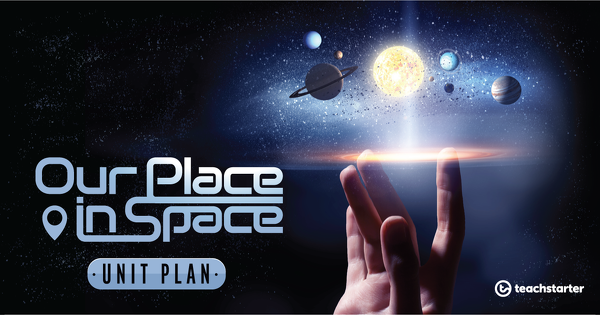
Diagram of the Solar System
- Plus Plan
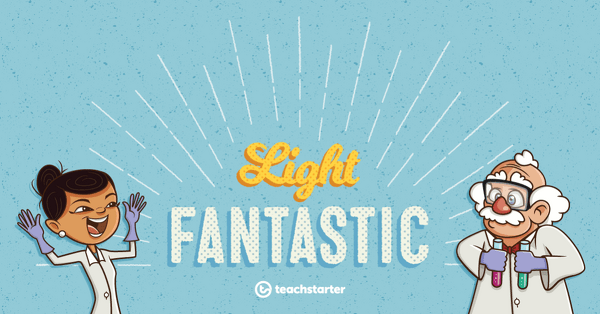
Light and Shadow - Design an Experiment
An assessment task in which students will demonstrate an understanding of light and fair testing.
- Plus Plan
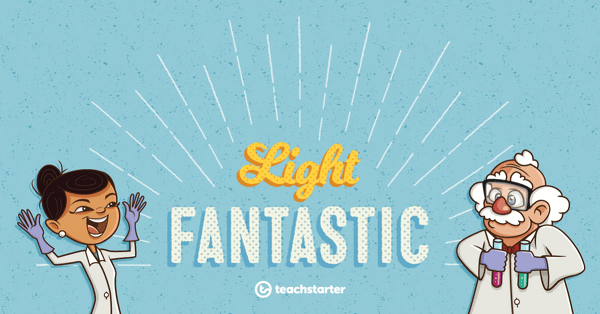
Reflecting Light
A 60 minute lesson in which students will use mirrors to investigate some of the properties of reflected light.
- Plus Plan
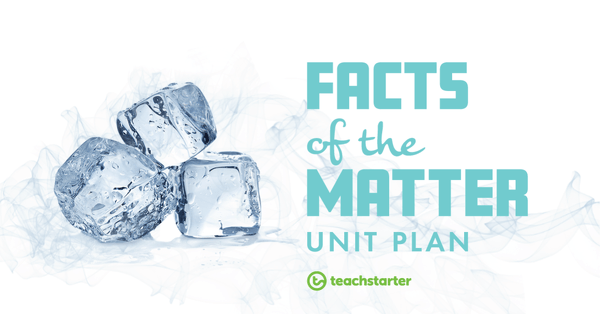
Slime - Solid, Liquid or Gas?
A 60 minute lesson in which students will recognise that not all substances can be easily classified on the basis of their observable properties.
- Plus Plan
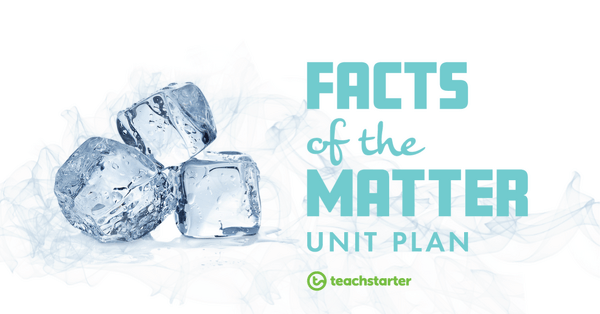
Gases
A 60 minute lesson in which students will observe that gases have mass and take up space.
- Plus Plan
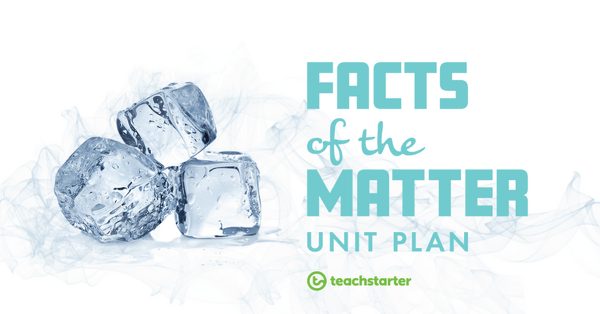
Liquids
A 60 minute lesson in which students will identify the observable characteristics of liquids and how they behave in different ways.
- Plus Plan
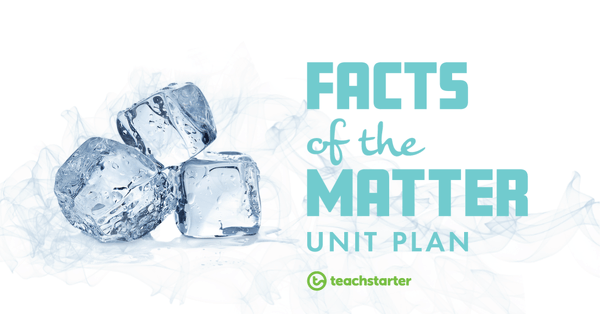
Solids
A 60 minute lesson in which students will identify the observable characteristics of solids and how they behave in different ways.
- Plus Plan

Matter Matters!
- Plus Plan
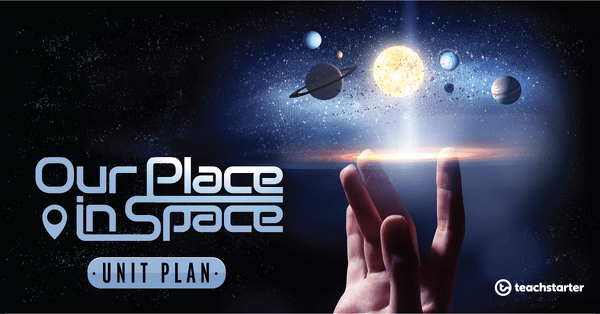
Interpreting the Night Sky
- Plus Plan
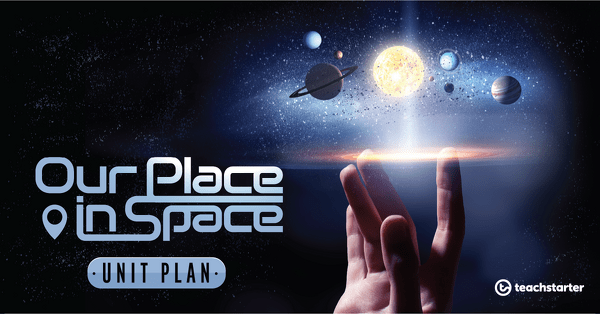
Sisters of the Solar System - The Jovian Planets
- Plus Plan
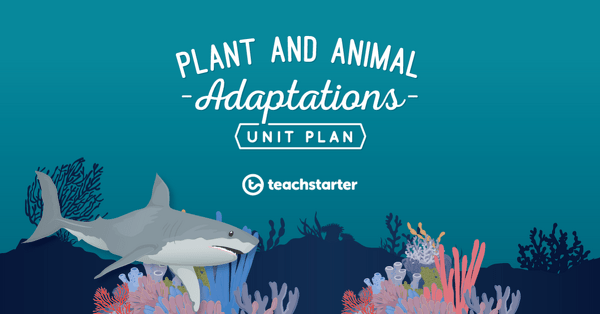
Animal Adaptations Inquiry Task - Introduction
- Plus Plan
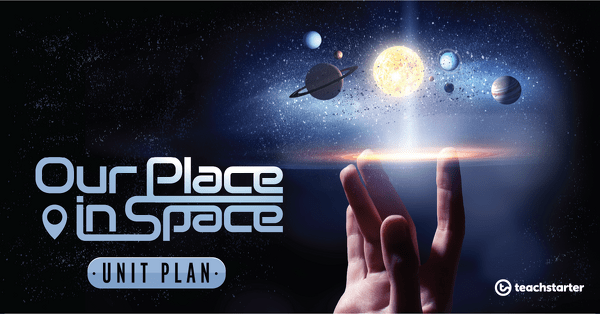
A Star, Some Planets and More!
- Plus Plan
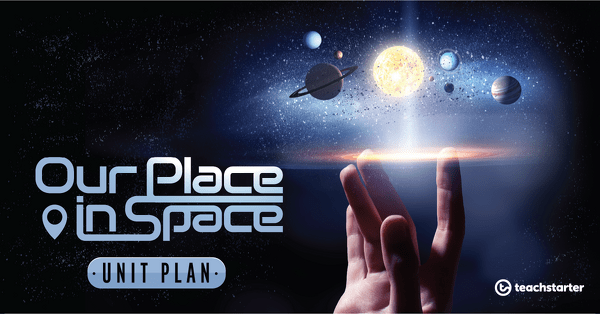
The Scale of the Solar System
- Plus Plan
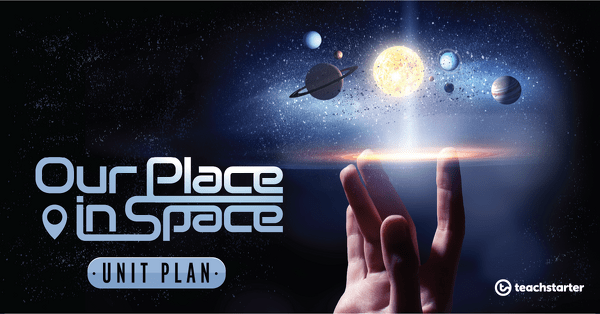
Sisters of the Solar System - The Terrestrial Planets
- Plus Plan
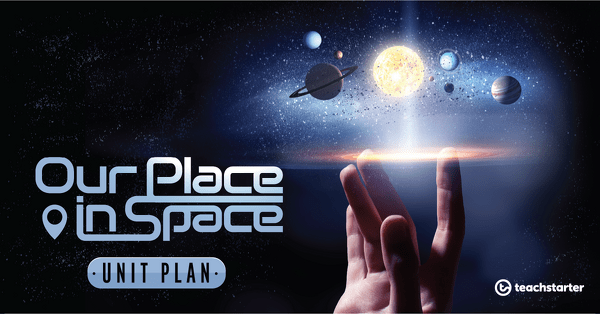
Earth - Third Rock From Sun
- Plus Plan
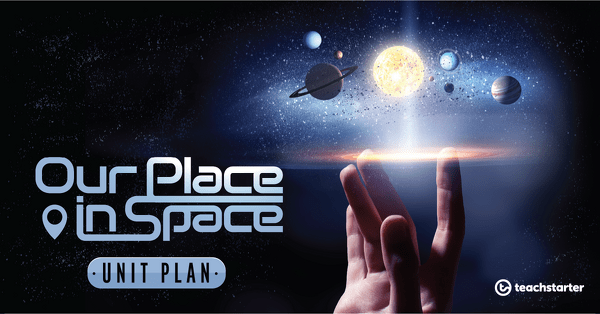
The Sun - Solar System Central
- Plus Plan
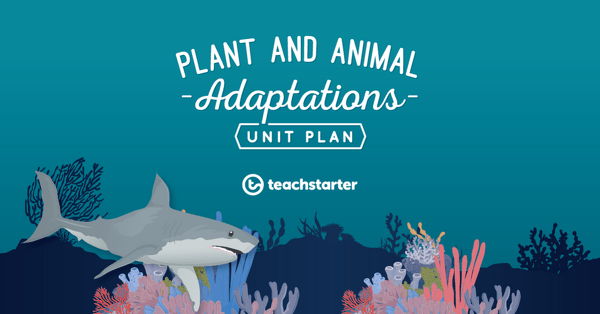
Animal Adaptations Inquiry Task - Presenting
- Plus Plan
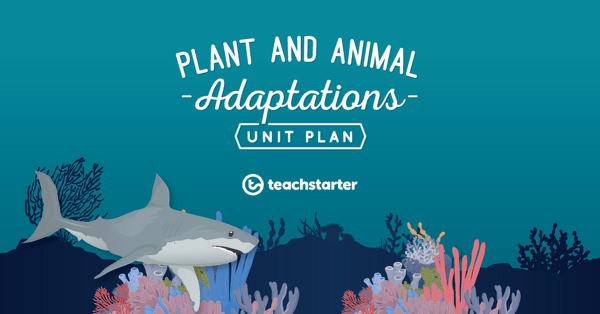
Animal Adaptations Inquiry Task - Researching
- Plus Plan
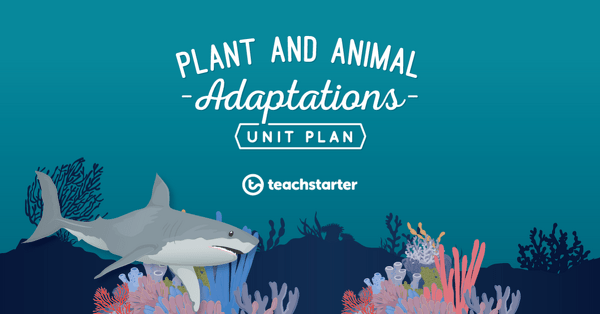
Blubber Me Experiment
A 60 minute lesson in which students will investigate how blubber works as an insulator.
- Plus Plan
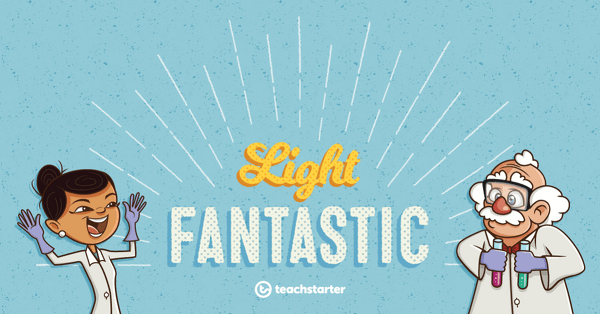
True Colours
A 60 minute lesson in which students will investigate how the colour of an object depends on the properties of the object and the colour of the light source.
- Plus Plan
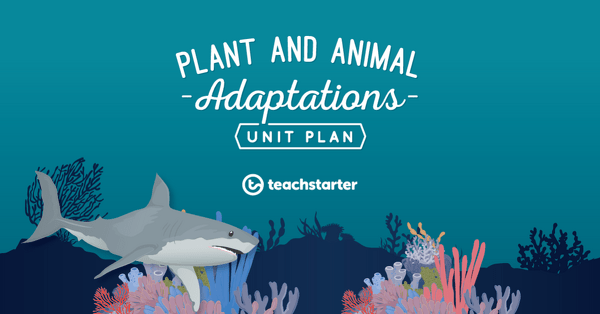
Physiological Adaptations
A 60 minute lesson in which students will explore the physiological adaptations of plants and animals.
- Plus Plan
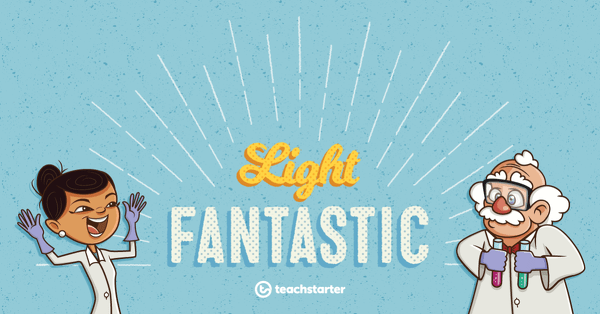
In Living Colour
A 60 minute lesson in which students will investigate how the colour of an object depends on the properties of the object.
- Plus Plan
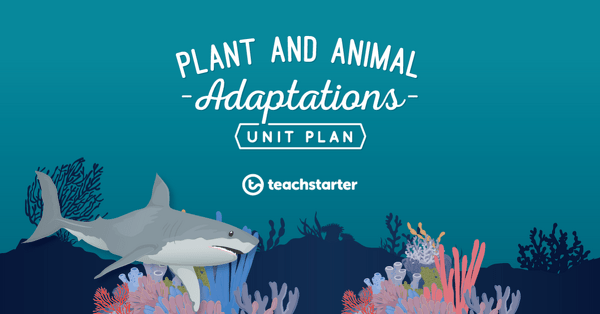
Behavioural Adaptations
A 60 minute lesson in which students will explore the behavioural adaptations of plants and animals.
- Plus Plan
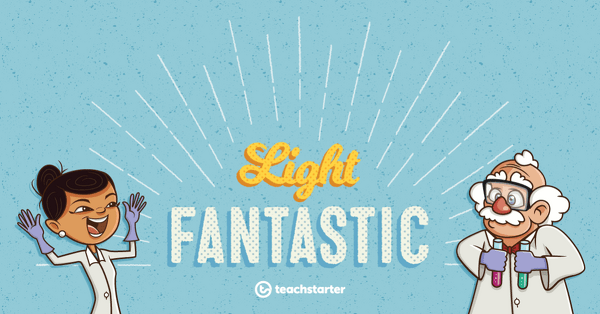
Refracting Light
A 60 minute lesson in which students will observe the refraction of light at the surfaces of different transparent materials.
- Plus Plan

Structural Adaptations
A 60 minute lesson in which students will explore the structural adaptations of plants and animals.
- Plus Plan
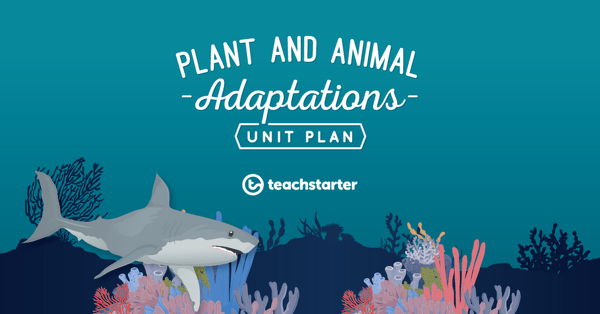
Introduction to Adaptations
- Plus Plan
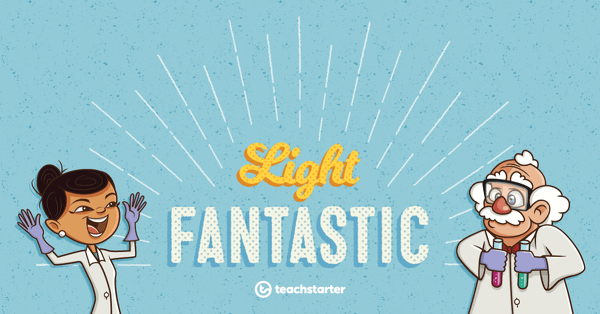
In the Shadows
A 60 minute lesson in which students will compare shadows from point and extended light sources.
- Plus Plan
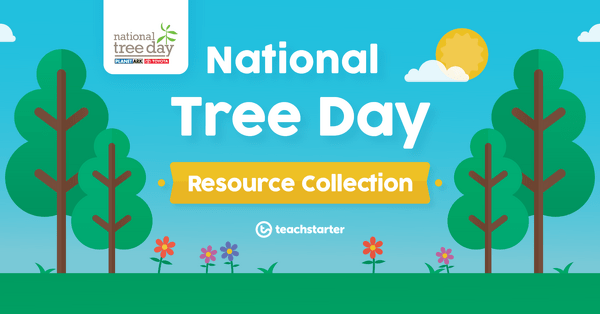
National Tree Day – The Green Bridge Investigation
A 60 minute lesson in which students will become familiar with Planet Ark Environmental Foundation and the role it plays in helping to reduce the impact of humans on the environment.
- Plus Plan
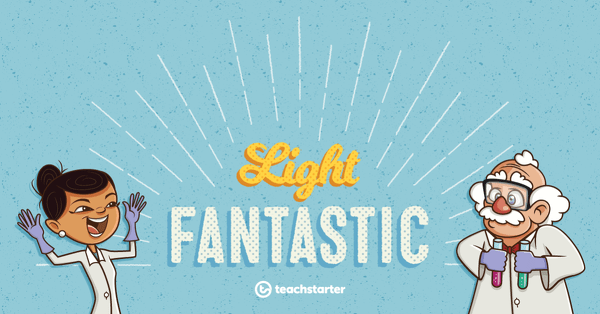
See Light Through Me
A 60 minute lesson in which students will classify objects based on how much light is transmitted through them.
- Plus Plan
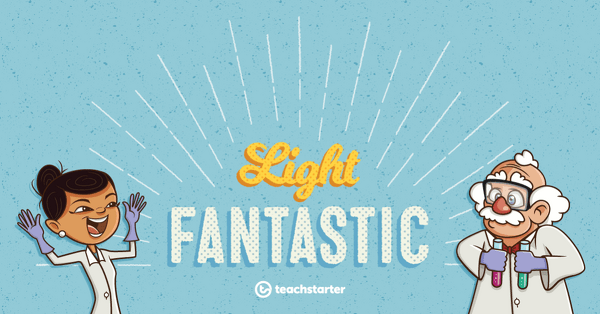
Lights Line Up!
A 60 minute lesson in which students will draw simple ray diagrams to show the paths of light from a source to the eyes.
- Plus Plan
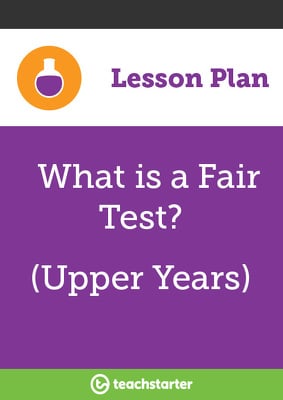
What is a Fair Test? (Upper Years)